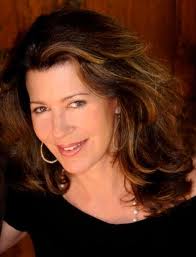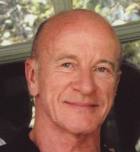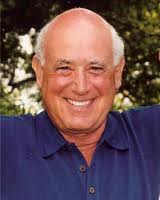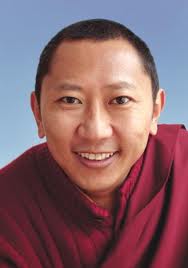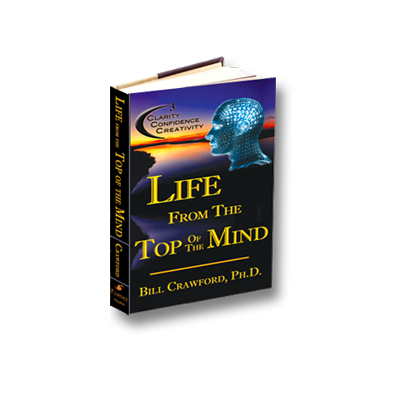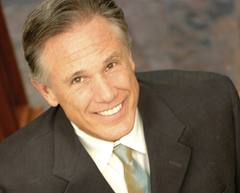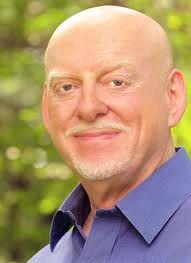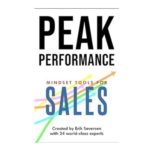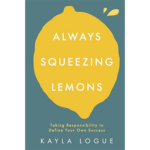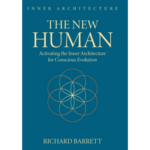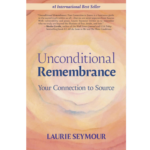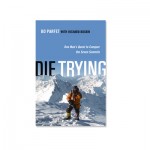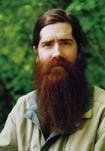 I recently interviewed author John Michael Greer about his new book entitled ” Apocalypse Not“.
I recently interviewed author John Michael Greer about his new book entitled ” Apocalypse Not“.
John is a very fascinating and intriguing author and has a perspective about the apocalypse which will put every one at ease.
John states that a thousand years ago, the astronomers and mathematicians of another accent people worked out this same date in their own calendar, and set in motion a chain of events that made their calculations a topic of fear and fascination across most of the world today. They were the Mayans, and to them the date in questions was 4 Ahau 3 Kankin 13.0.0.0.0—the end fo the world.
John, claims that on 12/21/21 nothing is going to happen, no end of the world, no rapture– things will carry on as usual.
As for their “disappearance”, the great Mayan city-states of the southern lowlands when through a period of severe decline in the tenth century CE, involving warfare, famine, and the abandonment of most of the large urban centers, but the villagers of the countryside remained, and their descendants sill live in the same area today. Elsewhere in the Mayan world, city-states on the classic model continued to flourish until the Spanish conquest of the Yucatan and Central America in the sixteenth and seventeenth centuries, and their are sill plenty of people descended from the accent Mayans, and who speak Mayan languages, throughout that part of the world. John points out that in times of severe social stress people start to focus on the possibility of an apocalypse, and that we have gone through these cycles before in history.
The first secular forms of the apocalypse meme actually began to take shape well back in the Middle Ages, with the earliest stirrings of what radicals of a later age would call “class consciousness”. John states that throughout history we have been enamored with and apocalypse and the anti-christ, and during recorded history we have never experienced the apocalypse.
If you are interested in learning more about the history and our fascination with an apocalypse then I recommend that you read ” Apocalypse Not“. Author John Michael Greer throughly documents why he believes that we are not going to experience the coming of the anti-christ or an apocalypse. He states that on 12/22/12 those who are believers in the dooms day prophecy will wake up the next day and wonder why it did not occur.
If you would like more information about John Michael Greer please click here to be directed to his website. I hope you enjoy my interview with John Michael Greer.
